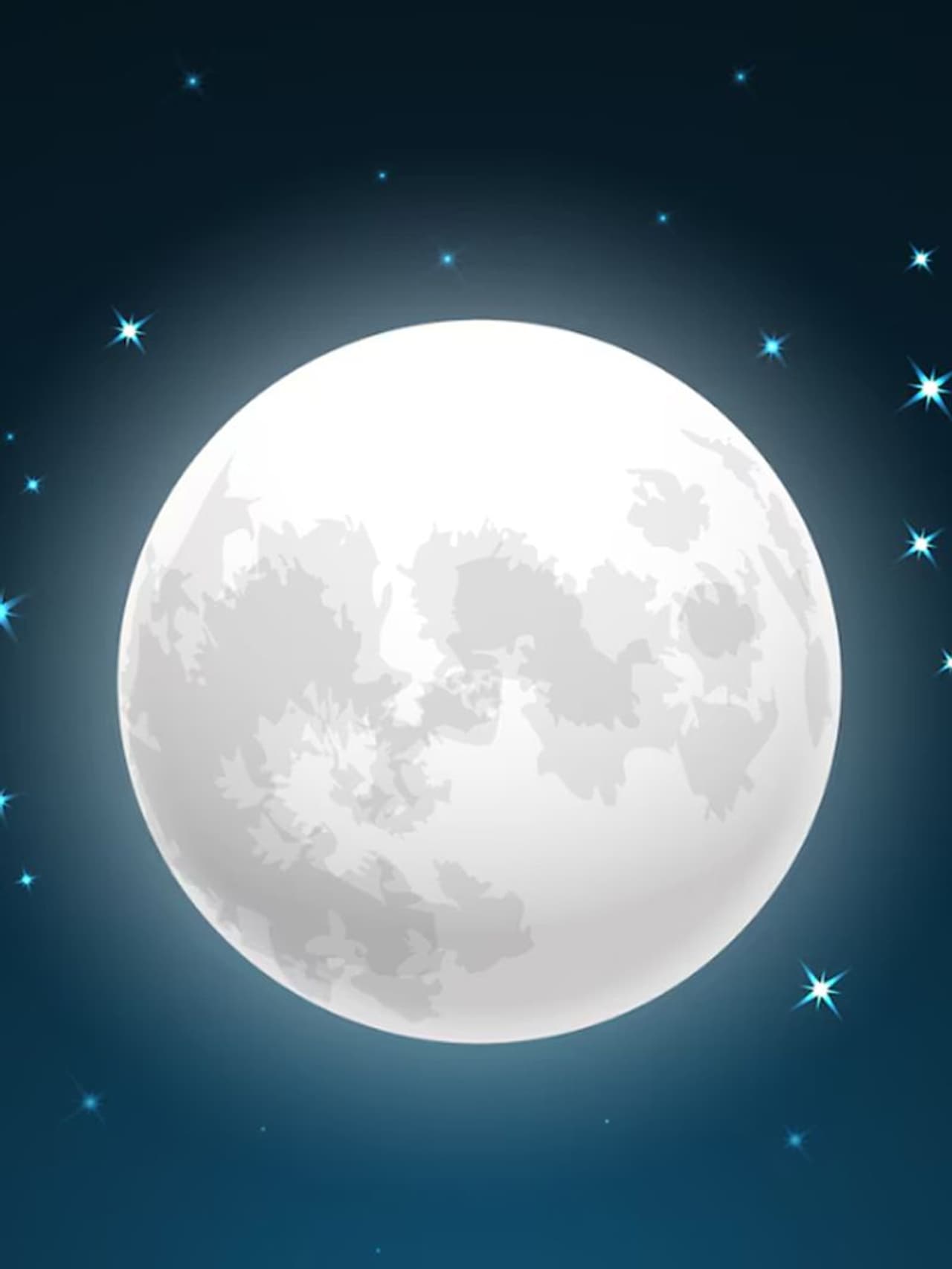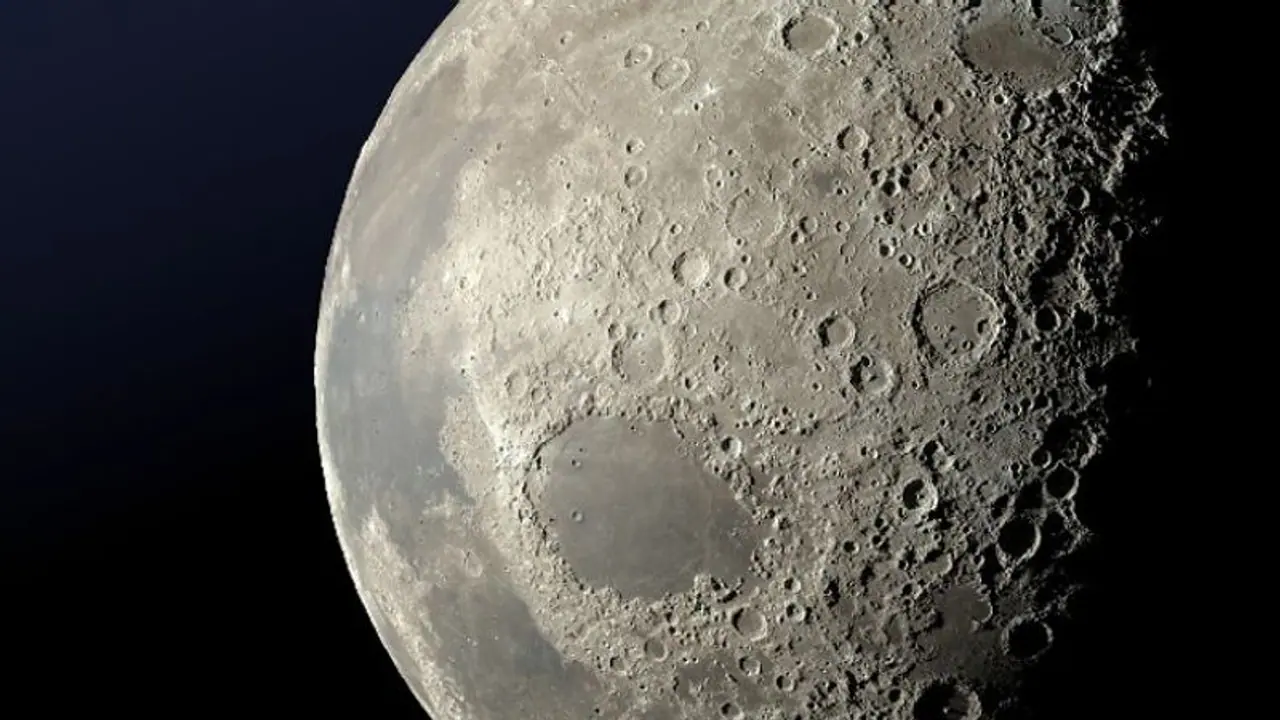The Moon’s surface has mysterious dark spots that capture our curiosity. To understand them, we need to explore their origins and how they came to be.
The Moon's surface, although seemingly uniform from a distance, is marked by dark spots that have intrigued scientists and skygazers alike. These dark patches, known as lunar maria (singular: mare), are a prominent feature of the Moon's landscape. Understanding why these areas appear darker involves delving into lunar geology and the history of the Moon's formation.

Formation of Lunar Maria
Lunar maria are vast, dark plains formed by ancient volcanic activity. Billions of years ago, the Moon's surface was covered by a thick crust. During the early stages of the Moon's history, massive volcanic eruptions, known as lunar volcanism, occurred. These eruptions released basaltic lava that spread across the Moon's surface. As the lava cooled and solidified, it created the dark, flat plains we see today. The basalt rock that formed these maria is rich in iron and magnesium, which absorbs more sunlight and thus appears darker compared to the surrounding highlands.

Contrast with Lunar Highlands
The Moon's surface also features lighter-colored areas known as highlands. These highlands, or lunar highlands, are composed of a different type of rock called anorthosite. Anorthosite is rich in aluminum and calcium, which reflects more sunlight, making these regions appear brighter. The contrast between the dark maria and the light highlands is due to the varying compositions of the rocks in these areas.
Impact of Meteorite Bombardment
Additionally, the Moon has been heavily bombarded by meteorites throughout its history. This bombardment has caused numerous craters and has further contributed to the differences in the appearance of the lunar surface. Some dark spots could be the result of impact craters that have exposed underlying basaltic lava.
In summary, the dark spots on the Moon, or lunar maria, are the result of ancient volcanic activity and the composition of the Moon's surface rocks. These dark plains offer valuable insights into the Moon’s geological history and its dynamic past.
ALSO READ:Solo Fun: 5 Entertaining games and activities for quality alone time
